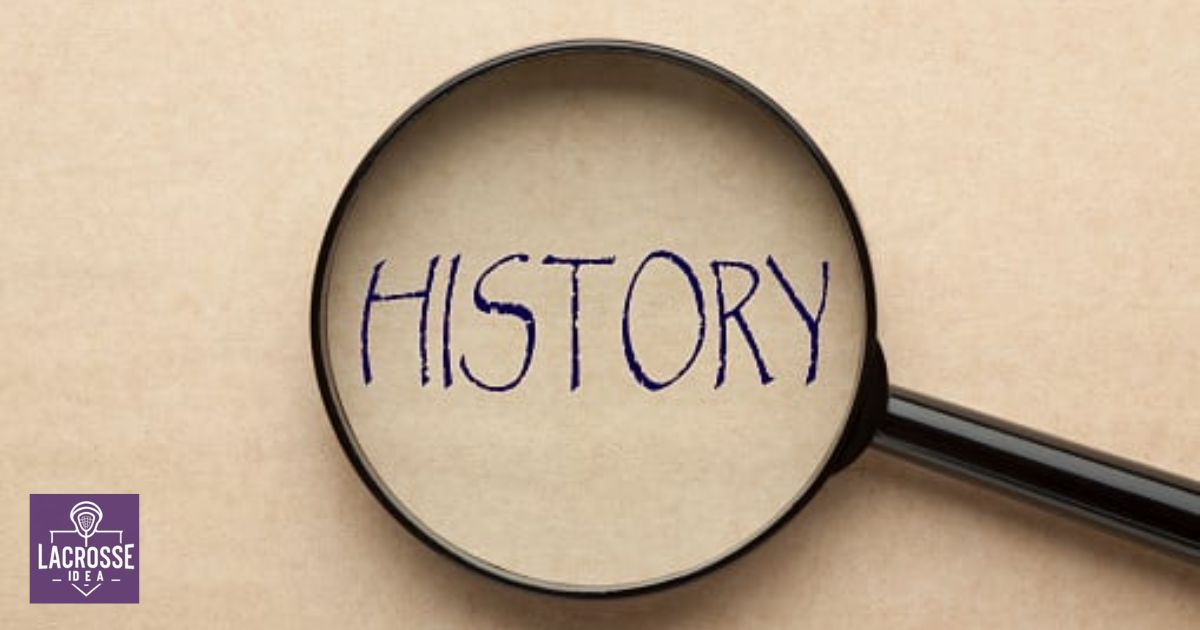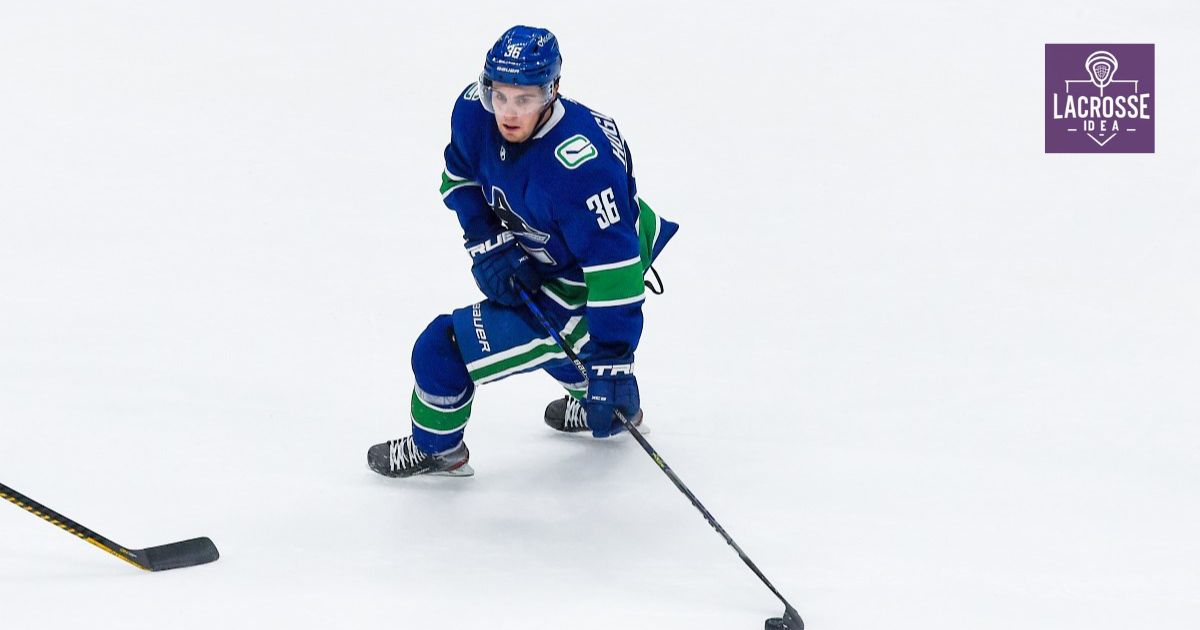In the realm of sports, the comparison between field hockey and lacrosse often arises, like two harmonious notes in a symphony. While both sports share similarities in their objective and equipment, they differ in their origins, rules, and physical demands. This article delves into the fascinating question of whether field hockey and lacrosse are truly the same, exploring the nuances that set them apart and the unique qualities that make each sport a captivating pursuit in its own right.
Key Takeaways
- Field hockey and lacrosse have different origins, with field hockey originating in ancient civilizations and lacrosse originating among Native American tribes.
- The equipment and gear used in field hockey and lacrosse differ, with field hockey players wearing shin guards and goalkeepers having additional protective gear such as leg guards, kickers, and padded gloves.
- The playing field and layout of field hockey and lacrosse also vary, with field hockey typically played on grass or artificial turf fields and lacrosse being played on various surfaces such as grass, turf, or indoor courts.
- The objectives and scoring in field hockey and lacrosse are similar, with both sports aiming to score points by getting the ball into the opposing team’s goal, but the goal sizes and demands of shooting and defending differ.
History And Origins
Field hockey and lacrosse have distinct histories and origins that set them apart as separate sports. While both sports have evolved and undergone changes over the years, they have remained deeply rooted in their respective cultural significance and traditions.
Field hockey traces its origins back to ancient civilizations such as the Egyptians, Greeks, and Romans. It has seen significant evolution and changes, from being played with curved sticks and balls made of animal bladders to the modern synthetic turf and high-tech equipment used today. Field hockey has a rich cultural significance, with its origins deeply intertwined with the development of agriculture and warfare.
On the other hand, lacrosse originated among Native American tribes and holds great cultural significance for them. It was played as a way to settle disputes, honor the Creator, and prepare for battle. Over time, lacrosse has undergone changes, with standardized rules and equipment being introduced. Despite these changes, lacrosse has managed to retain its traditional importance and is considered the oldest sport in North America.
As we delve into the world of field hockey and lacrosse, it is essential to understand their unique histories and origins. These distinct backgrounds have shaped the sports into what they are today, each with its own cultural significance and traditions. Now, let us explore another aspect of these sports – their equipment and gear.
Equipment And Gear
Moving on to the topic of equipment and gear, field hockey and lacrosse require distinct tools for players to participate in each sport. In terms of protective gear, both sports prioritize the safety of their players. Field hockey players wear shin guards, mouthguards, and goalkeepers even wear helmets and chest protectors. Lacrosse players, on the other hand, wear helmets, mouthguards, shoulder pads, elbow pads, and gloves.
Furthermore, there are variations in equipment for different positions in both sports. In field hockey, goalkeepers have additional protective gear such as leg guards, kickers, and padded gloves. In lacrosse, the goalie wears a larger chest protector, throat guard, and a different type of stick.
Playing Field And Layout
In terms of the playing field and layout, both field hockey and lacrosse have distinct features that contribute to the unique experiences of each sport. The playing surface for field hockey is typically a grass or artificial turf field, while lacrosse can be played on various surfaces such as grass, turf, or even indoor courts.
The dimensions of the field also differ between the two sports. In field hockey, the field is rectangular, measuring 100 yards long and 60 yards wide. On the other hand, lacrosse fields can vary in size depending on the level of play, with dimensions ranging from 110 to 160 yards long and 60 to 70 yards wide. These differences in playing surface and field dimensions add to the strategic and physical demands of each sport, creating a unique experience for players and spectators alike.
Objectives And Scoring
In Field Hockey and Lacrosse, the primary objective is to score points by getting the ball into the opposing team’s goal. However, there are differences in the size and shape of the goals, as well as the techniques used to score. Understanding the scoring rules and techniques is crucial in both sports to effectively contribute to the team’s success.
Goal Size And Shape
Field hockey and lacrosse differ in their goal size and shape, which impacts their objectives and scoring. The goal dimensions in field hockey and lacrosse are distinct. In field hockey, the goal is rectangular, measuring 12 feet wide and 7 feet high. On the other hand, in lacrosse, the goal has a square shape, with each side measuring 6 feet.
These contrasting goal sizes create different challenges for the players and affect the game’s objectives. In field hockey, the larger goal size requires players to focus on accuracy and precision when shooting to score. In lacrosse, the smaller goal size demands quick reflexes and agility to defend and prevent goals. Additionally, stick size is also crucial in both sports, with field hockey sticks being shorter and more compact compared to lacrosse sticks, allowing for better control and maneuverability on the field.
Scoring Techniques And Rules
The scoring techniques and rules in field hockey and lacrosse differ, highlighting the distinct objectives and scoring systems of each sport. In field hockey, the main objective is to score goals by hitting the ball into the opposing team’s net using a variety of shot techniques, such as flicks, sweeps, and drives. Penalty corners are awarded to the attacking team when a defensive foul occurs within the striking circle, providing an opportunity for a direct shot on goal.
On the other hand, in lacrosse, the primary objective is to score goals by shooting the ball into the opponent’s net using a long-handled stick with a pocket. The scoring techniques in lacrosse involve a combination of overhand, sidearm, and underhand shots. Transitioning to the next section about team size and positions, let’s explore how the player composition differs in these two sports.
Team Size And Positions
Team size and positions are important aspects of both field hockey and lacrosse. In field hockey, a team typically consists of 11 players, including a goalkeeper, defenders, midfielders, and forwards. Each player has specific roles and responsibilities within the team strategies. Defenders aim to protect the goal and intercept the opponent’s attacks, while midfielders focus on transitioning the ball between defense and offense.
Forwards play a crucial role in scoring goals and creating opportunities for their team. Similarly, in lacrosse, the team size is also 10 players, including a goalie, defenders, midfielders, and attackers. The player roles in lacrosse are similar to field hockey, with defenders guarding the goal, midfielders controlling the midfield, and attackers aiming to score goals. Understanding the team size and player positions is essential for effective communication and coordination on the field.
Rules And Regulations
When comparing field hockey and lacrosse, it is important to understand the key rule differences between the two sports. Additionally, each sport has its own specific equipment requirements that players must adhere to. Lastly, both field hockey and lacrosse have penalties and fouls that players need to be aware of in order to play the game within the established rules and regulations.
Key Rule Differences
What are the major rule differences between field hockey and lacrosse? While both field hockey and lacrosse are team sports played with sticks, there are significant rule differences between the two. In field hockey, players use a stick with a flat side to hit a small ball into the opponent’s goal, while in lacrosse, players use a stick with a net to catch and throw a small rubber ball into the opponent’s goal.
Additionally, field hockey is played on a grass or turf field, while lacrosse is played on a larger field with a goal at each end. The gameplay techniques also differ, with field hockey emphasizing passing, dribbling, and shooting, while lacrosse focuses on catching, cradling, and shooting. These rule differences contribute to the unique strategies and dynamics of each sport.
In the next section, we will discuss the equipment requirements for field hockey and lacrosse.
Equipment Requirements
The equipment requirements for field hockey and lacrosse differ significantly, encompassing various rules and regulations that govern the use of sticks, protective gear, and playing surfaces. In field hockey, players use a stick that has a curved end, designed to control and strike the ball. Lacrosse, on the other hand, involves the use of a long-handled stick with a netted pocket at one end, used for catching, carrying, and passing the ball.
Both sports require players to wear protective gear, such as helmets, gloves, and shin guards, to ensure safety during gameplay. Training and conditioning for equipment requirements in field hockey and lacrosse involve developing skills in stick handling, passing, and shooting, as well as maintaining physical fitness and agility. As we delve into the next section about ‘penalty and fouls’, it is important to understand the significance of adhering to equipment regulations in both sports.
Penalty And Fouls
Various penalty and foul rules and regulations govern the gameplay of both field hockey and lacrosse, ensuring fair play and sportsmanship. When it comes to penalty implementation, both sports have specific guidelines that dictate the consequences for rule violations. Referee decisions play a crucial role in enforcing these penalties and fouls. In field hockey, penalties can range from a free hit to a penalty stroke, depending on the severity of the offense.
Referees have the authority to award penalties and issue yellow or red cards for more serious infractions. Similarly, in lacrosse, penalties can result in players being sent to the penalty box for a certain amount of time, and referees make the final call based on the rules and regulations of the game. The consistent enforcement of penalty and foul rules ensures a level playing field and upholds the integrity of both sports.
Skill Requirements And Techniques
Skill mastery is crucial for success in both field hockey and lacrosse. Both sports require a combination of physical fitness, technical proficiency, and strategic thinking. To excel in these sports, players must develop specific skills and employ training techniques that enhance their performance. Here are three key areas of skill development and training techniques in field hockey and lacrosse:
- Stick skills: Mastering stick handling, passing, and shooting is essential in both sports. Players must practice precision and control to effectively maneuver the ball or puck.
- Speed and agility: Quickness and agility are vital in field hockey and lacrosse. Players need to be able to change direction rapidly and maintain speed to outmaneuver opponents.
- Tactical awareness: Understanding game strategies, positioning, and teamwork is crucial for success. Players must learn to read the game, anticipate movements, and make split-second decisions.
Physical Demands And Contact
Physicality and contact are significant aspects of both field hockey and lacrosse, demanding athletes to be strong, resilient, and adept at navigating physical challenges on the field. In both sports, players must possess the physical strength to withstand physical contact and the agility to maneuver around opponents. However, despite the similarities, there are some differences in terms of player roles and responsibilities.
In field hockey, players are allowed to use their sticks to tackle opponents and intercept the ball, while in lacrosse, players use their sticks to catch, carry, and shoot the ball. This variation in player roles and responsibilities affects the type and frequency of physical contact in each sport. To prevent injuries, athletes in both sports must wear protective gear and follow proper techniques for tackling, shooting, and passing. Now, let’s explore the popularity and global reach of these two dynamic sports.
Popularity And Global Reach
Both field hockey and lacrosse have gained significant popularity and global reach over the years, with a growing number of enthusiasts and participants worldwide. These sports have transcended borders and cultures, becoming a part of the global sports landscape. Here are three reasons why field hockey and lacrosse have such a wide global influence and cultural significance:
- Olympic recognition: Both field hockey and lacrosse are Olympic sports, which has helped increase their global appeal and exposure. The inclusion of these sports in the Olympic Games has provided a platform for athletes from different countries to showcase their skills and compete on an international stage.
- International competitions: Field hockey and lacrosse have a rich tradition of international tournaments and championships. These events bring together teams from various nations, fostering a sense of camaraderie and strengthening the global community of players and fans.
- Grassroots development: Organizations and governing bodies have been actively promoting field hockey and lacrosse at the grassroots level, encouraging participation and providing opportunities for individuals to engage with these sports. This focus on grassroots development has contributed to the steady growth and popularity of field hockey and lacrosse on a global scale.
The global influence and cultural significance of field hockey and lacrosse continue to expand, with more people around the world embracing these sports and enjoying the sense of belonging that comes with being part of a global community of players and fans.
Frequently Asked Questions
Are There Any Age Restrictions for Playing Field Hockey or Lacrosse?
Age restrictions for field hockey and lacrosse may vary depending on the organization or league. However, both sports generally allow players of all ages to participate. It is important to note that field hockey and lacrosse have different rules and gameplay.
Can Field Hockey and Lacrosse Be Played Indoors?
Indoor field hockey and indoor lacrosse are both variations of the outdoor sports played on a smaller scale and within a confined space. They maintain similar rules and objectives, but differ in equipment and techniques.
Are There Any Professional Leagues or Tournaments for Field Hockey or Lacrosse?
Professional leagues and tournaments exist for both field hockey and lacrosse, offering opportunities for players to compete at the highest level. These leagues often provide lucrative salaries for players, making them attractive options for those seeking a career in these sports.
What Are the Similarities and Differences Between the Skills Required for Field Hockey and Lacrosse?
Field hockey and lacrosse require similar skills such as hand-eye coordination, agility, and teamwork. However, they differ in terms of equipment and field setup. Field hockey uses a stick and a ball, while lacrosse uses a stick with a net and a smaller ball.
Are There Any Specific Strategies or Tactics That Are Commonly Used in Field Hockey or Lacrosse?
Common strategies in field hockey and lacrosse involve creating space, maintaining possession, and executing effective team plays. However, there are tactical differences between the two sports, such as the use of sticks and the rules of play.
Conclusion
In conclusion, while field hockey and lacrosse share similarities in terms of their history, equipment, and rules, they are distinct sports with unique characteristics. Field hockey is known for its skill requirements and techniques, played on a specific field layout, while lacrosse emphasizes physical demands and contact. Despite their differences, both sports have gained popularity and have a global reach, attracting athletes and enthusiasts worldwide.









